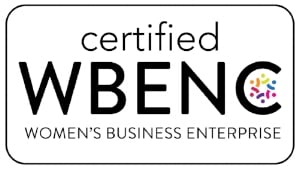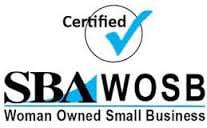When you need multiple prototypes that provide production material performance or low volumes of production parts, cast urethane molding offers a cost-effective alternative. Also known as polyurethane, urethane casting is one of the most versatile processes to fabricate plastic and rubber-like parts. The urethane casting process has been used for rapid prototyping for many years to produce high-quality parts.
Cast urethane parts can be used in a variety of industries and applications. But how do you know if urethane casting is the best process for your product? In this blog, we’ll discuss five benefits of using urethane casting.
1. Save on Tooling and Part Costs
Urethane casting parts are usually more cost-effective in piece price than additive manufacturing when a larger number of prototypes are needed. Additive manufacturing may require multiple builds to fabricate a larger number of prototypes, which will increase the price. The cast urethane process can continuously mold parts.
Silicone molds are used to fabricate cast urethane pieces. The cost for silicone molds is typically far less expensive than aluminum or steel tools used in injection molding. Molds to produce urethane parts may range from hundreds to thousands of dollars, whereas injection mold tooling can range from thousands to tens of thousands of dollars.
How Are Urethane Parts Molded?
Creating cast urethane parts is a simple three-step process.
- Step 1: Create a master by 3D printing, most commonly from stereolithography (SLA), which is the process of converting liquid plastic into solid 3D objects.
- Step 2: Create a silicone mold using the 3D-printed master
- Step 3: Use the silicone mold to cast the urethane parts
This manufacturing process bears with it a lower total cost and faster turnaround time than aluminum or steel molds you would typically use with injection molding.
How Can I Use Cast Urethane Parts?
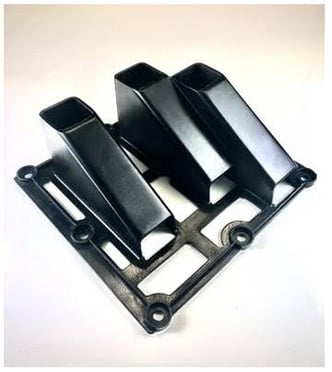 Cast urethane molding is ideal for creating functional prototype parts, engineering verification of designs, alpha and beta builds, as well as pre-production and low-volume production parts. The cost and speed of this manufacturing and prototyping method are what often appeal to manufacturers.
Cast urethane molding is ideal for creating functional prototype parts, engineering verification of designs, alpha and beta builds, as well as pre-production and low-volume production parts. The cost and speed of this manufacturing and prototyping method are what often appeal to manufacturers.
A fast turnaround can bridge the gap when production is ramped up and deadlines are closing in quickly, and it allows for a faster speed-to-market strategy, especially in highly competitive fields.
2. Design Flexibility
With urethane molding, soft tools or silicone molds are used to fabricate cast urethane pieces, which allows the flexibility to make design changes on the fly with customer feedback. Silicone molds only last a certain number of shots (usually 25-30 per mold), so design changes can be implemented from mold to mold at minimal costs. Even if a tool needs to be revised or remade, the tool can be replaced at a fraction of what an injection mold tool would cost and at half the lead time.
The other advantage of urethane casting is that products can be designed with hard-to-mold features like undercuts, thick sections, or other features that normally would not be achievable in injection molding due to the use of soft tools and thermoset materials.
With flexible, elastic molds, the mold can be manipulated to remove a part without expensive handloads or slides like injection molding. Molds can also be made in multiple pieces that are easy to remove to release the part and assemble for the next shots.
Having design flexibility is key in product development to iterate designs quickly when customer feedback is received.
3. Shorter Tooling Lead Times
The tooling lead time for urethane molding is shorter than traditional injection molding. The lead time for an injection mold tool can range anywhere from four to 12 or more weeks, but silicone molds used in urethane casting can be ready in as few as one to two weeks, no matter the part size.
Additionally, urethane molds can now be printed using HP MJF printers. This allows for more complex mold geometries and further speeds up the mold production process compared to traditional manufacturing techniques.
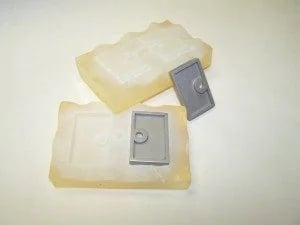
4. Hundreds of Material Offerings
Urethane casting uses polyurethanes to mimic an injection mold grade production plastic, whereas injection molding uses the more commonly known thermoplastic production plastics. Both processes can mold both rigid and elastomeric durometers.
There are hundreds of materials covering the spectrum on durometers, colors, and specifications. Most can be custom-colored to match Pantone numbers. Even MR clear, UL, and FDA materials are available for urethane as well as injection molding. In addition, both processes can over-mold onto plastic or metal components. The
Technology House uses these common materials on a daily basis:
- TD 277-02 (durable, MRI clear, UL94V0)
- RC-79 (rigid, MRI clear, UL94V0)
- PT 8958 (tough, MRI clear, UL94V0)
- TC-851 (rigid, accurate)
- PT8952 (impact resistant, FAR)
- TC-885 (impact resistant, UL94V0)
- TP-4051 (fast, rigid)
- OC-7086 (rigid, clear)
5. Custom Part Finishes
The strength and surface finish of cast urethane parts is very comparable to injection molded pieces. Just like injection molding, urethane casting parts can be custom-colored, textured, and/or painted. That means these parts will continue looking nice, even if they become scratched or otherwise damaged.
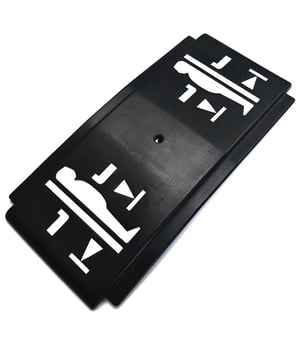
Urethane casting isn't just a manufacturing method; it's a gateway to innovation and efficiency. From cost-effectiveness and rapid turnaround times to unparalleled design freedom and diverse material options, this versatile process empowers you to bring your vision to life. Whether you're a seasoned professional or just starting your prototyping journey, consider urethane casting as your partner in pushing boundaries and achieving exceptional results. With its unique blend of benefits, it's the perfect choice to unlock the full potential of your next project.
To learn more about the urethane casting process, uses, and finishes, check out our FAQs page. Or, contact us today, and one of our experts will work with you to answer your questions.







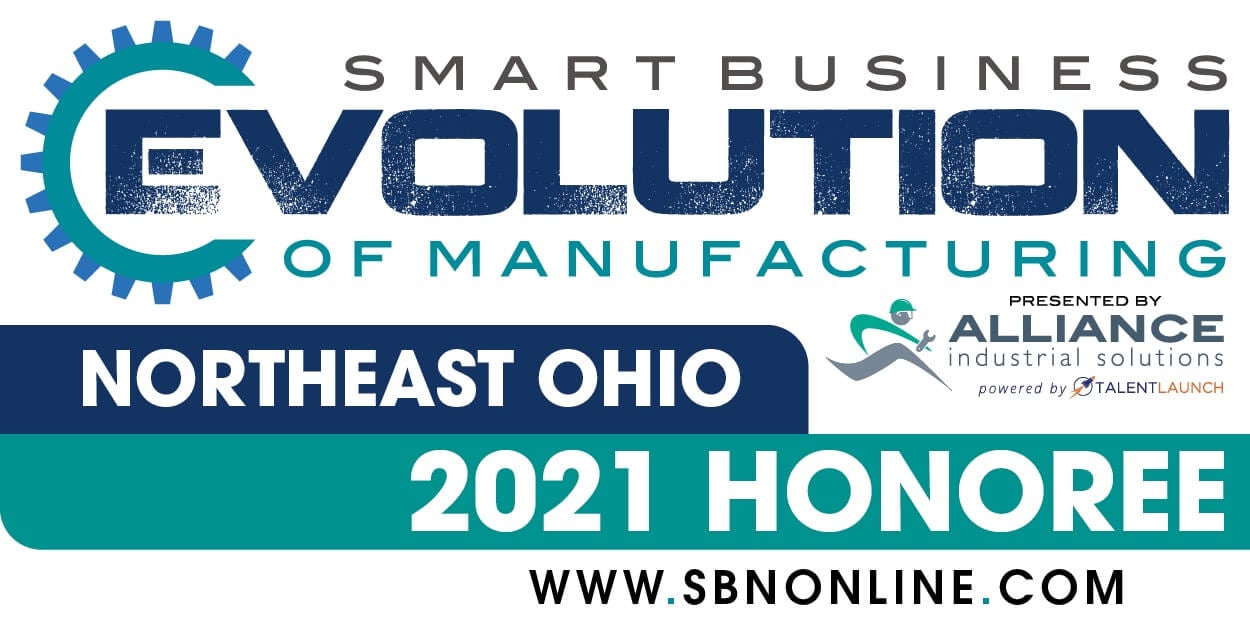
.jpg)
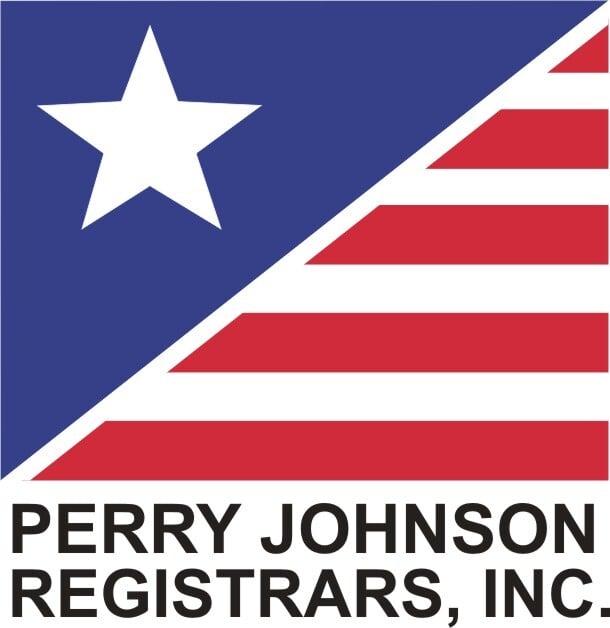
.png)
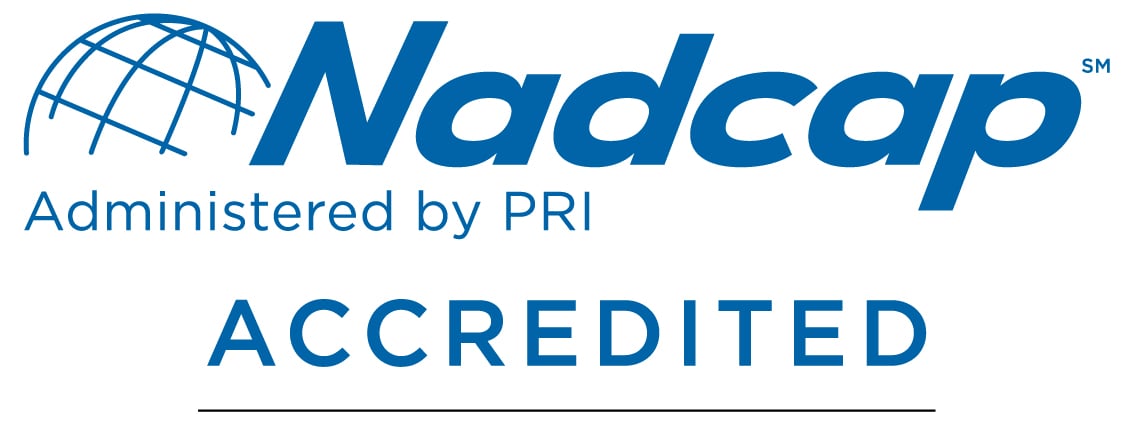
.png)
